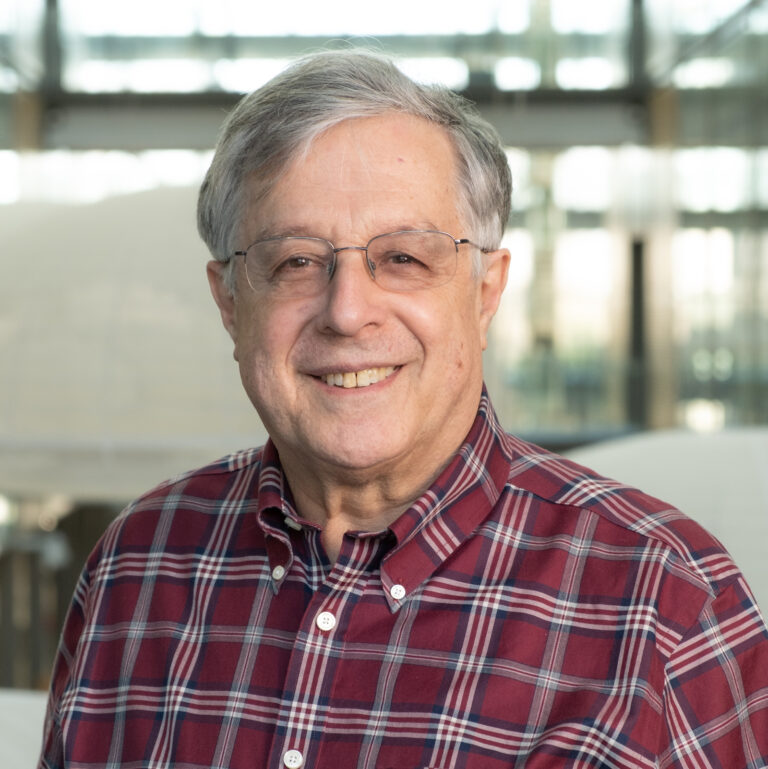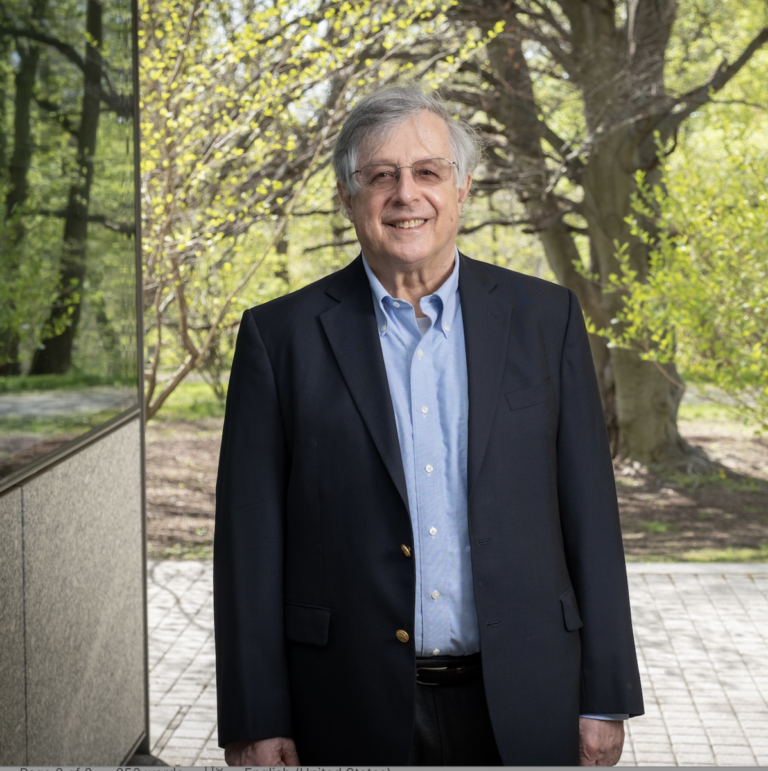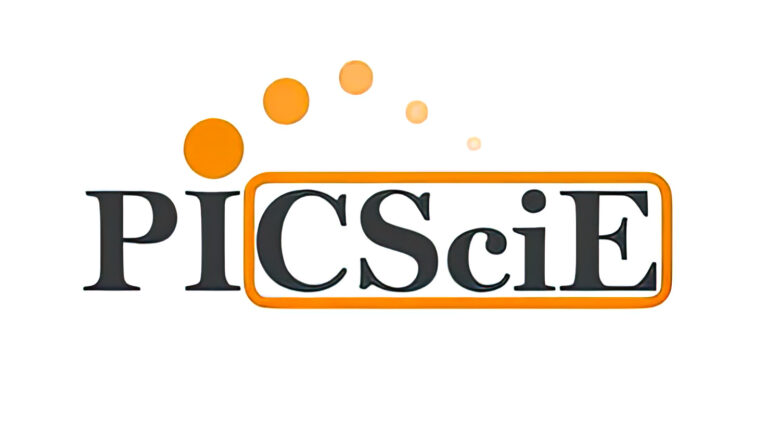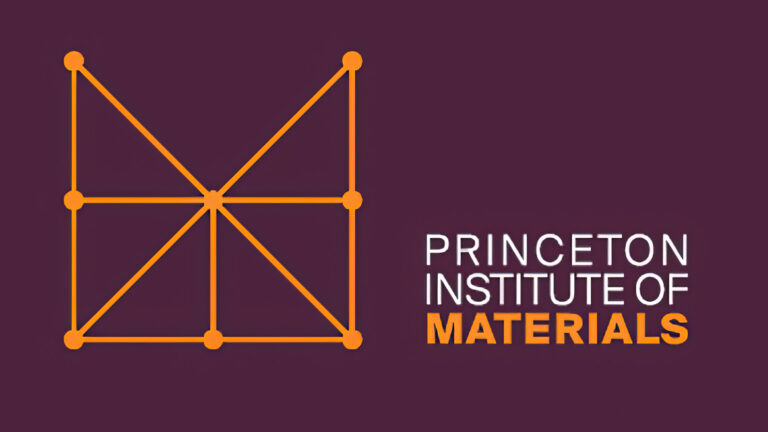

Roberto Car
Contact:
Roberto Car
Ralph W. *31 Dornte Professor in Chemistry; Professor of Chemistry and the Princeton Materials Institute; and Director, Chemistry in Solution and at Interfaces.
[email protected]
Frick Laboratory, 153
609-258-2534
Faculty Assistant:
Clarice Gethers-Mubarak
Project Coordinator, Computational Chemical Science Center,
Administrative Assistant
[email protected]
Frick Laboratory, 156
609-258-0355
Research Focus
Our motivation is to understand the atomistic and the electronic structure and dynamics in materials. We use theoretical tools and numerical simulation to gain insight and predict physical and chemical processes. Our studies are often stimulated by experimental observations and may involve direct collaboration with experimental groups. Although basic science is the main goal of our research, our findings and computational methodologies have technological implications and can help the design of new materials and devices with selected properties.
Our methodology is rooted in theoretical physics, and particularly in quantum and statistical mechanics. Among our simulation tools ab-initio molecular dynamics plays a particularly important role. This approach captures the interplay of atomic motion and chemical bond evolution in the context of electronic density functional theory (DFT).
The ab-initio molecular dynamics method, invented by Car and Parrinello in 1985, has been applied with remarkable success to a variety of problems in condensed matter and chemical physics, materials science, the geosciences, chemistry and biochemistry, and is now a standard tool for molecular simulation.
While the range of problems accessible to well established computational methodologies continues to expand following the extraordinary development of computers, novel theoretical and computational tools are still needed to solve key problems in materials physics and chemistry. In this context our research focuses at extending the sampling capability of molecular dynamics methods, at overcoming current limitations of density functional theory, at including nuclear quantum effects in molecular simulations, and at modeling electronic excitations in connection with spectroscopic and transport studies.
Honors
- 2024 Frontiers of Science Award from International Congress of Basic Science
- 2021 Elected Fellow of the American Association for the Advancement of Science
- 2021 Benjamin Franklin Medal in Chemistry
- 2020 Gordon Bell Prize of the Association for Computing Machinery (ACM)
- Elected Member of the National Academy of Sciences(2016)
- National Award in Theoretical Chemistry of the American Chemical Society (2016)
- Enrico Fermi Prize of the Italian Physical Society (2012)
- Doctor Degree Honoris Causa, EPFL, Lausanne, Switzerland (2011)
- Berni J. Alder CECAM Prize in Computational Physics (2010)
- Sidney Fernbach Award of the IEEE Computer Society (2009)
- Dirac Medal and Prize of the International Centre for Theoretical Physics (ICTP) (2008)
- Humboldt Research Award for Senior U.S. Scientists (2009)
- Doctor Degree Honoris Causa, University of Trieste, Italy (2005)
- A. Rahman Prize of the American Physical Society (1995)
- Hewlett-Packard Prize of the European Physical Society (1990)
Selected Publications
Palmer, J. C.; Martelli, F.; Liu, Y.; Car, R.; Panagiotopoulos, A. Z.; Debenedetti, P. G., “Metastable liquid-liquid transition in a molecular model of water.” Nature 2014, 510 (7505), 385-+.
Santra, B.; Klimes, J.; Tkatchenko, A.; Alfe, D.; Slater, B.; Michaelides, A.; Car, R.; Scheffler, M., On the accuracy of van der Waals inclusive density-functional theory exchange-correlation functionals for ice at ambient and high pressures. Journal of Chemical Physics 2013, 139 (15).
DiStasio, R. A., Jr.; Marcotte, E.; Car, R.; Stillinger, F. H.; Torquato, S., “Designer spin systems via inverse statistical mechanics.” Physical Review B 2013, 88 (13).
Flammini, D.; Pietropaolo, A.; Senesi, R.; Andreani, C.; McBride, F.; Hodgson, A.; Adams, M. A.; Lin, L.; Car, R., “Spherical momentum distribution of the protons in hexagonal ice from modeling of inelastic neutron scattering data.” Journal of Chemical Physics 2012, 136 (2).
Liu, L.-M.; Car, R.; Selloni, A.; Dabbs, D. M.; Aksay, I. A.; Yetter, R. A., “Enhanced Thermal Decomposition of Nitromethane on Functionalized Graphene Sheets: Ab Initio Molecular Dynamics Simulations.” Journal of the American Chemical Society 2012, 134 (46), 19011-19016.
Tkatchenko, A.; DiStasio, R. A., Jr.; Car, R.; Scheffler, M., “Accurate and Efficient Method for Many-Body van der Waals Interactions.” Physical Review Letters 2012, 108 (23).
Kong, L.; Wu, X.; Car, R., “Roles of quantum nuclei and inhomogeneous screening in the x-ray absorption spectra of water and ice.” Physical Review B 2012, 86 (13).
Zipoli, F.; Car, R.; Cohen, M. H.; Selloni, A., “Electrocatalyst design from first principles: A hydrogen-production catalyst inspired by nature.” Catalysis Today 2011, 165 (1), 160-170.
Lin, L.; Morrone, J. A.; Car, R., “Correlated Tunneling in Hydrogen Bonds.” Journal of Statistical Physics 2011, 145 (2), 365-384.
Tang, Y. H.; Kioussis, N.; Kalitsov, A.; Car, R., “Effect of disorder on spin-transfer torque in magnetic tunnel junctions.” Journal of Applied Physics 2011, 109 (7).
Santra, B.; Klimes, J.; Alfe, D.; Tkatchenko, A.; Slater, B.; Michaelides, A.; Car, R.; Scheffler, M., “Hydrogen Bonds and van der Waals Forces in Ice at Ambient and High Pressures.” Physical Review Letters 2011, 107 (18).
Lin, L.; Morrone, J. A.; Car, R.; Parrinello, M., “Momentum distribution, vibrational dynamics, and the potential of mean force in ice.” Physical Review B 2011, 83 (22).
Sit, P. H. L.; Car, R.; Cohen, M. H.; Selloni, A., Simple, Unambiguous Theoretical Approach to Oxidation State Determination via First-Principles Calculations. Inorganic Chemistry 2011, 50 (20), 10259-10267.
Sit, P. H. L.; Zipoli, F.; Chen, J.; Car, R.; Cohen, M. H.; Selloni, A., “Oxidation State Changes and Electron Flow in Enzymatic Catalysis and Electrocatalysis through Wannier-Function Analysis.” Chemistry-a European Journal 2011, 17 (43), 12136-12143.
Zipoli, F.; Car, R.; Cohen, M. H.; Selloni, A., “Simulation of Electrocatalytic Hydrogen Production by a Bioinspired Catalyst Anchored to a Pyrite Electrode.” Journal of the American Chemical Society 2010, 132 (25), 8593-8601.
Chen, W.; Wu, X.; Car, R., “X-Ray Absorption Signatures of the Molecular Environment in Water and Ice.” Physical Review Letters 2010, 105 (1).
Lin, L.; Morrone, J. A.; Car, R.; Parrinello, M., “Displaced Path Integral Formulation for the Momentum Distribution of Quantum Particles.” Physical Review Letters 2010, 105 (11).
Tang, Y. H.; Kioussis, N.; Kalitsov, A.; Butler, W. H.; Car, R., “Influence of asymmetry on bias behavior of spin torque.” Physical Review B 2010, 81 (5).
Pulizzi, F.; Car, R., “From ab initio onwards.” Nature Materials 2010, 9 (9), 694-695.
Car, R.; Parrinello, M., “A model approach to modelling.” Nature Materials 2010, 9 (9), 687-687.
Zipoli, F.; Car, R.; Cohen, M. H.; Selloni, A., “Theoretical Design by First Principles Molecular Dynamics of a Bioinspired Electrode-Catalyst System for Electrocatalytic Hydrogen Production from Acidified Water.” Journal of Chemical Theory and Computation 2010, 6 (11), 3490-3502.
Zipoli, F.; Car, R.; Cohen, M. H.; Selloni, A., “Hydrogen Production by the Naked Active Site of the Di-iron Hydrogenases in Water.” Journal of Physical Chemistry B 2009, 113 (39), 13096-13106.
Wu, X.; Walter, E. J.; Rappe, A. M.; Car, R.; Selloni, A., “Hybrid density functional calculations of the band gap of GaxIn1-xN.” Physical Review B 2009, 80 (11).
Giannozzi, P.; Baroni, S.; Bonini, N.; Calandra, M.; Car, R.; Cavazzoni, C.; Ceresoli, D.; Chiarotti, G. L.; Cococcioni, M.; Dabo, I.; Dal Corso, A.; de Gironcoli, S.; Fabris, S.; Fratesi, G.; Gebauer, R.; Gerstmann, U.; Gougoussis, C.; Kokalj, A.; Lazzeri, M.; Martin-Samos, L.; Marzari, N.; Mauri, F.; Mazzarello, R.; Paolini, S.; Pasquarello, A.; Paulatto, L.; Sbraccia, C.; Scandolo, S.; Sclauzero, G.; Seitsonen, A. P.; Smogunov, A.; Umari, P.; Wentzcovitch, R. M., “Quantum espresso: a modular and open-source software project for quantum simulations of materials.” Journal of Physics-Condensed Matter 2009, 21 (39).
Lin, L.; Lu, J.; Ying, L.; Car, R.; E, W., “Fast algorithm for extracting the diagonal of the inverse matrix with application to the electronic structure analysis of metallic systems.” Communications in Mathematical Sciences 2009, 7 (3), 755-777.
Related News

Roberto Car Named a Clarivate Citation Laureate

AI breaks the ice in simulation of freezing H20



